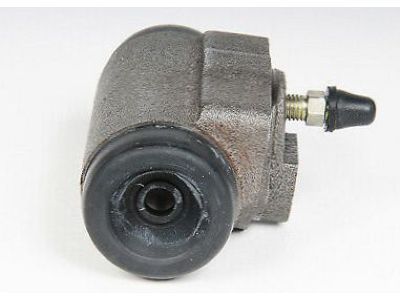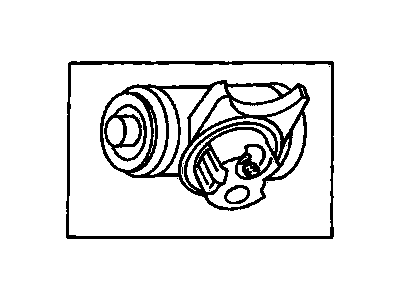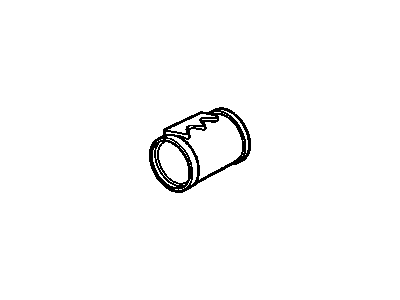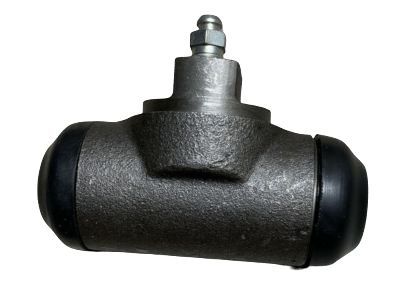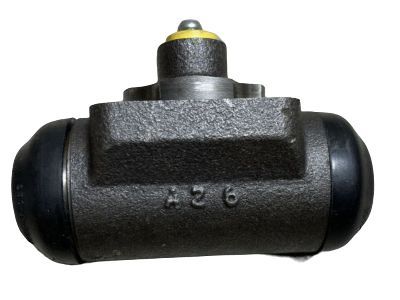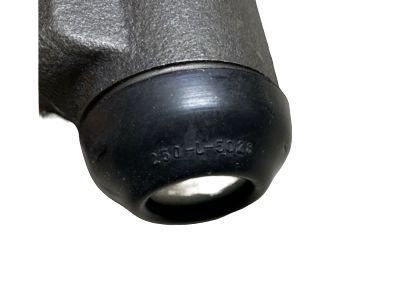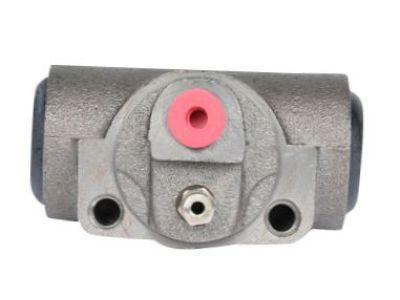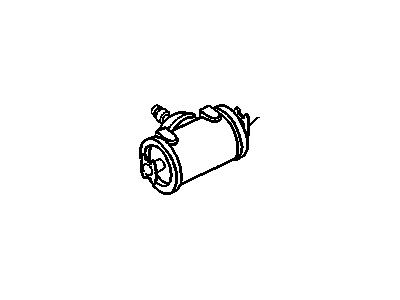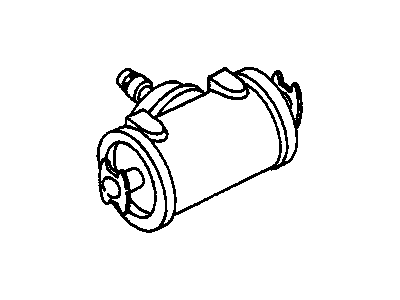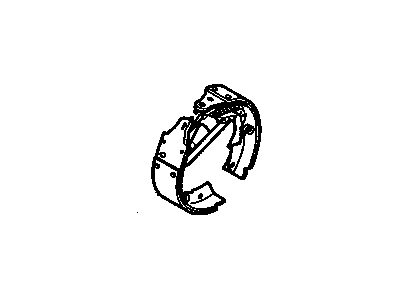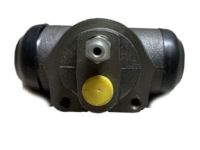
My Garage
My Account
Cart
Genuine Chevrolet C1500 Wheel Cylinder
Brake Wheel Cylinder- Select Vehicle by Model
- Select Vehicle by VIN
Select Vehicle by Model
orMake
Model
Year
Select Vehicle by VIN
For the most accurate results, select vehicle by your VIN (Vehicle Identification Number).
9 Wheel Cylinders found
Chevrolet C1500 Cylinder Asm,Rear Brake
Part Number: 19213345$51.47 MSRP: $100.35You Save: $48.88 (49%)Ships in 1-2 Business DaysChevrolet C1500 Cylinder Asm,Rear Brake
Part Number: 19213344$69.64 MSRP: $131.40You Save: $61.76 (47%)Ships in 1-2 Business DaysChevrolet C1500 Cylinder Asm,Rear Brake
Part Number: 19213347$68.99 MSRP: $123.74You Save: $54.75 (45%)
Chevrolet C1500 Wheel Cylinder
Wheel Cylinder in Chevrolet C1500 refers to part that applies hydraulic pressure in order to push the brake shoes against the brake drum in order to enable the vehicle to brake properly. This ATC cylinder has cast iron or aluminum body with pistons, cup seals and expander spring located in the bore area and covered by dust boots. When the brakes are applied, hydraulic pressure is applied to the pistons thereby stretching it and forces the shoes into contact with the drum. In the long run, contamination reduces the brake fluid's ability to absorb moisture hence experiencing corrosion and leakage on the inner walls of the cylinder. It is advisable to frequently check and service the wheel cylinders in order to be safe on the roads as well as have efficient brakes.
Each OEM Chevrolet C1500 Wheel Cylinder we offer is competitively priced and comes with the assurance of the manufacturer's warranty for the part. Furthermore, we guarantee the speedy delivery of your orders right to your doorstep. Our hassle-free return policy is also in place for your peace of mind.
Chevrolet C1500 Wheel Cylinder Parts Questions & Experts Answers
- Q: How to overhaul a wheel cylinder on Chevrolet C1500?A:If an overhaul is needed due to fluid leakage or sticky operation, it is important to explore all options before starting the job. New wheel cylinders are available, making the task easier. However, if it is decided to rebuild the wheel cylinder, ensure a rebuild kit is available beforehand. It is crucial to never overhaul only one wheel cylinder; both should be rebuilt simultaneously. To remove the wheel cylinder, first remove the Brake Shoes. Then, unscrew the brake line fitting from the rear of the cylinder, being careful not to pull the metal line out. Remove the two bolts securing the cylinder to the brake backing plate and then remove the cylinder. Plug the end of the brake line to prevent fluid loss and dirt entry. To overhaul the cylinder, start by removing the rubber boot from each end and pushing out the pistons, cups, and spring expander. Discard the rubber parts and use new ones from the rebuild kit when reassembling. Inspect the pistons for scoring and scuff marks, replacing them if necessary. Check the cylinder bore for score marks and corrosion, honing slightly if needed or replacing if recommended. Clean the cylinder with brake system cleaner or denatured alcohol. Remove the bleeder screw and ensure the hole is clean. Lubricate the cylinder bore with clean brake fluid and insert a new rubber cup, making sure the lip faces in. Place the expander spring in the opposite end and push it in until it contacts the rear of the rubber cup. Install the remaining cup and attach the rubber boots to the pistons before installing them. The wheel cylinder is now ready for installation. To install, attach the brake line before installing the mounting bolts and tighten the line fitting after the bolts have been tightened. Bleed the brakes and thoroughly test their operation before driving the vehicle in traffic.

